Optimal Seasons for Concrete Installation
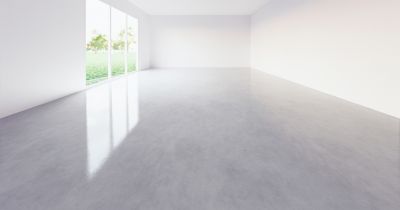
Ways to make Concrete Installations work in tight or awkward layouts.

Popular materials for Concrete Installations and why they hold up over time.
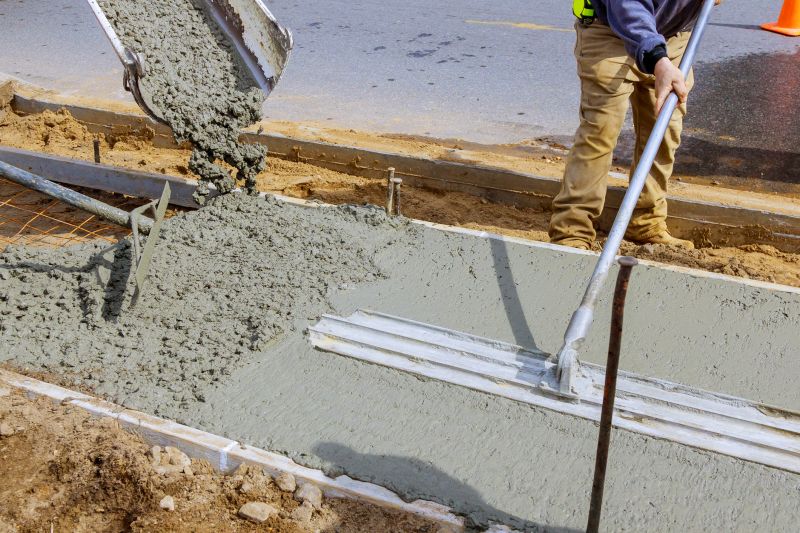
Simple add-ons that improve Concrete Installations without blowing the budget.
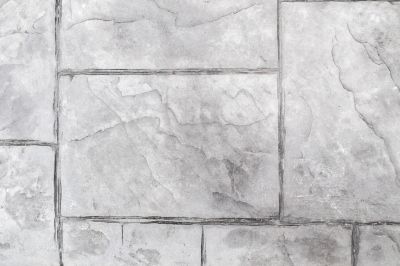
High-end options that actually feel worth it for Concrete Installations.

Finishes and colors that play nicely with Concrete Installations.
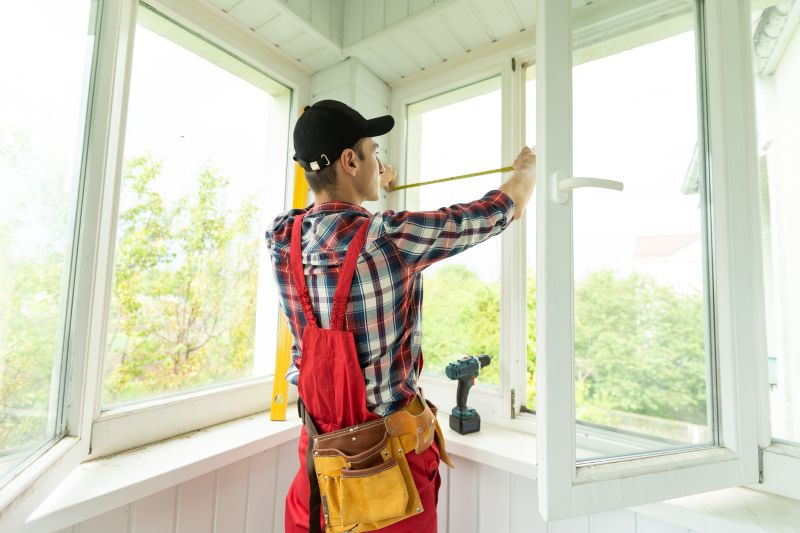
Little measurements that prevent headaches on Concrete Installations day.
Concrete installations are highly dependent on weather conditions for optimal results. The ideal time for concrete work typically occurs during periods of moderate temperatures, low humidity, and minimal rainfall. These conditions help ensure proper curing and durability. In regions like Daphne, Alabama, the most suitable seasons are spring and fall, when temperatures are consistently between 50 and 85 degrees Fahrenheit.
Extreme heat can cause rapid evaporation of moisture, leading to cracking and weakened concrete. Conversely, cold temperatures may hinder proper curing and cause freezing issues. Therefore, scheduling concrete projects during mild weather windows enhances longevity and reduces the risk of future problems.
Spring offers moderate temperatures and lower humidity, making it ideal for concrete work. Scheduling in this season can lead to better curing and fewer delays.
Fall provides cooler temperatures and less rain, which are favorable for concrete setting and curing processes.
High summer temperatures can cause rapid evaporation, leading to cracking and surface defects if not managed properly.
Cold weather can impede proper curing and increase the risk of freezing damage. Special precautions are necessary if winter installation is unavoidable.
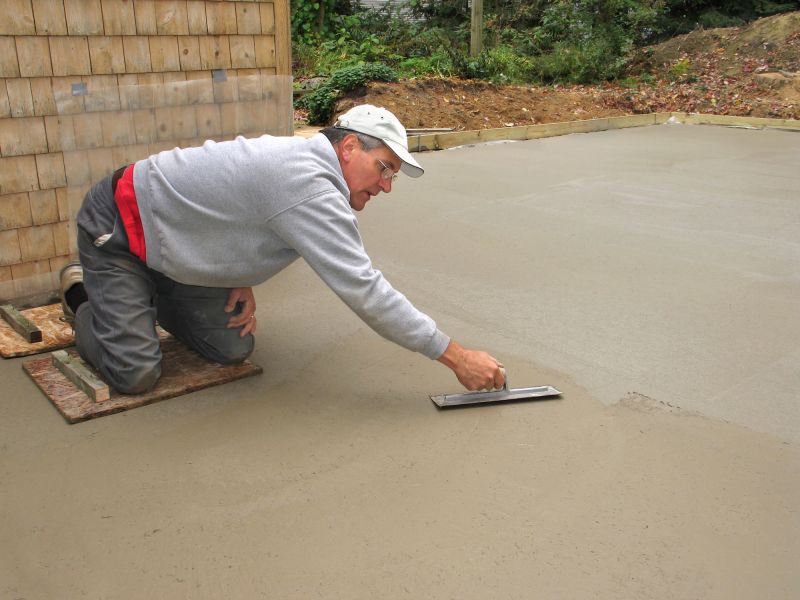
A 60-second routine that keeps Concrete Installations looking new.
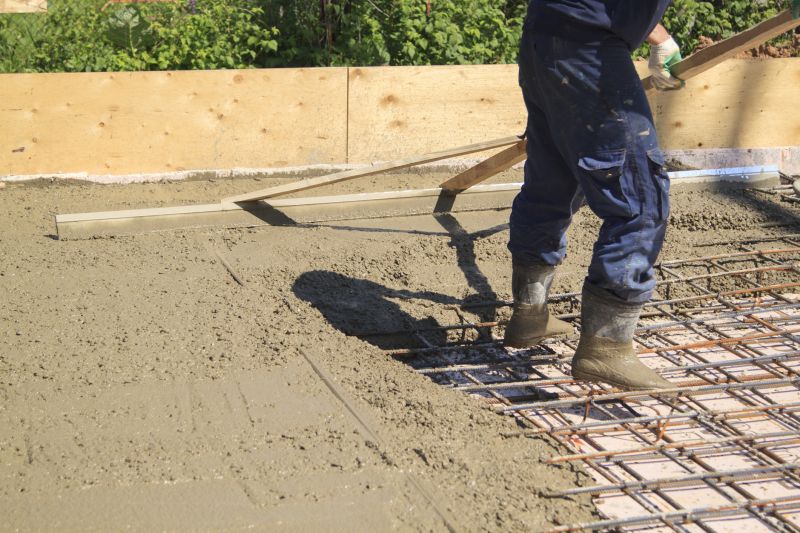
A frequent mistake in Concrete Installations and how to dodge it.
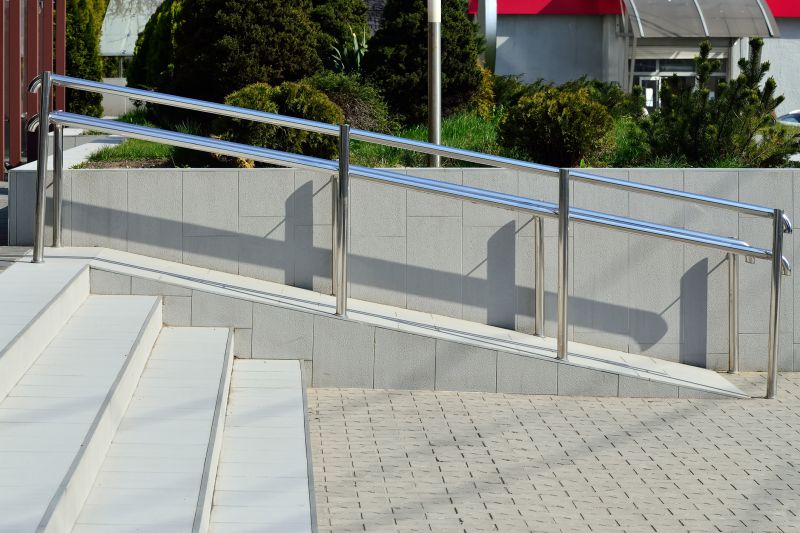
Small tweaks to make Concrete Installations safer and easier to use.
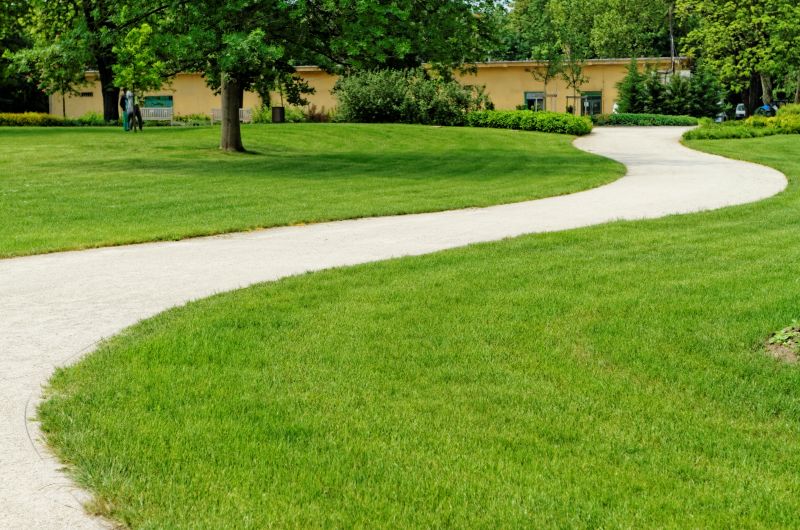
Lower-waste or water-saving choices for Concrete Installations.

The short, realistic tool list for quality Concrete Installations.
| Season | Ideal Conditions |
|---|---|
| Spring | Moderate temperatures, low humidity, minimal rain |
| Fall | Cooler temperatures, low humidity, dry conditions |
| Summer | High temperatures, risk of rapid drying, requires precautions |
| Winter | Cold temperatures, potential for freezing, requires special measures |
Concrete installation timing is crucial for ensuring the durability and appearance of the finished surface. Proper scheduling based on seasonal weather patterns helps prevent common issues such as cracking, surface scaling, and improper curing. Consulting weather forecasts and planning ahead can significantly improve project outcomes.
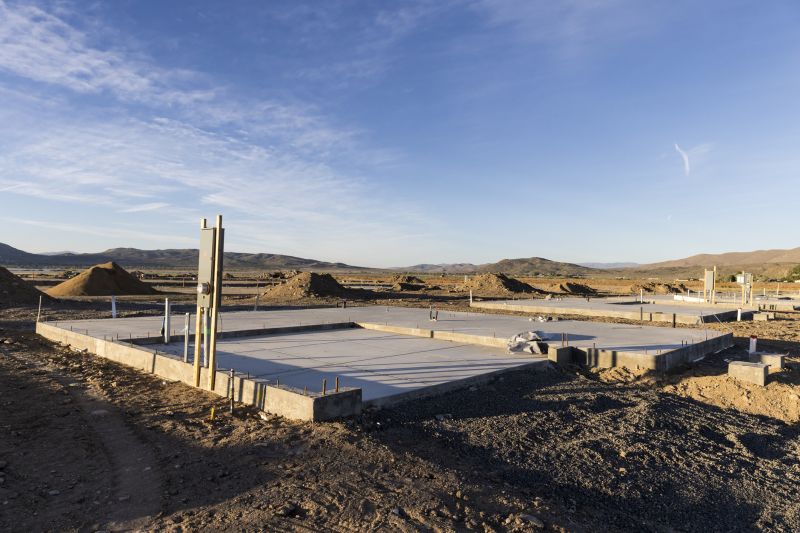
Rough timing from prep to clean-up for Concrete Installations.

Quick checks and paperwork to keep after Concrete Installations.

Examples that show the impact a good Concrete Installations can make.
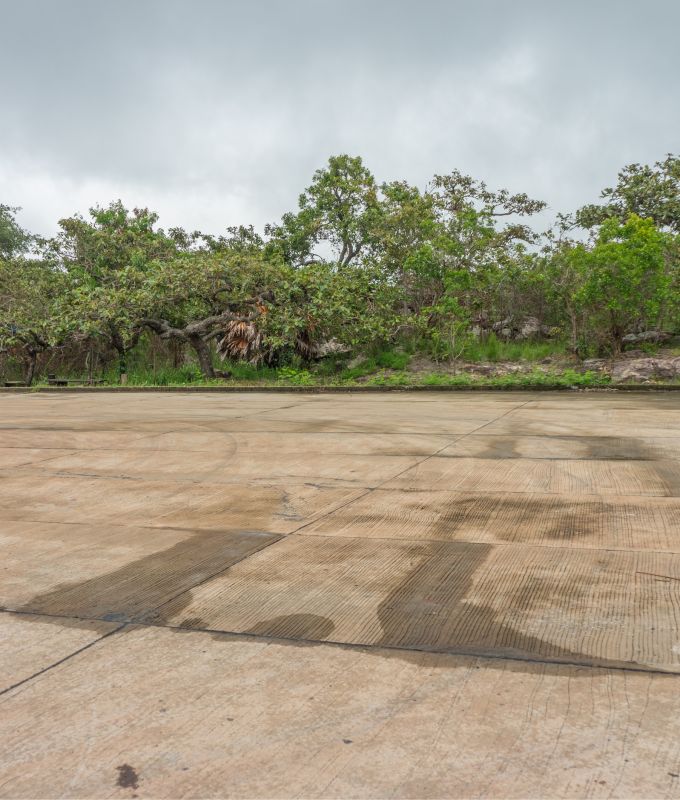
Ways to make Concrete Installations work in tight or awkward layouts.
Interested in scheduling a concrete installation? Filling out the contact form provides the opportunity to discuss project specifics, preferred timing, and any necessary precautions to ensure a successful outcome.

